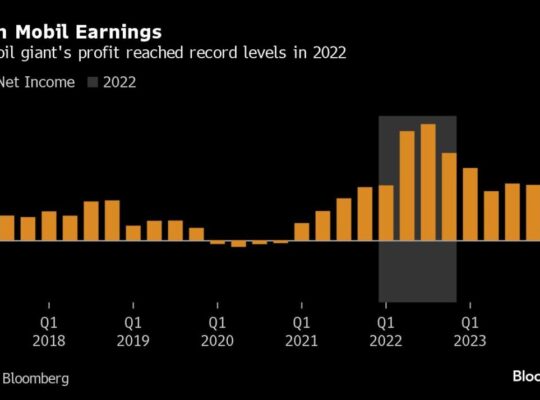By Wayne Cole
(Reuters) – A look at the day ahead in European and global markets from Wayne Cole
Asian stocks have made a hesitant start to the week, while gold hit a new peak and Treasuries ran into profit-taking on their recent stellar gains. Oil failed to sustain an early rally that followed news of attacks on commercial shipping in the Red Sea.
Three vessels came under attack in international waters on Sunday, while Yemen’s Houthi group claimed drone and missile attacks on two Israeli vessels in the area.
The threat to such a major global shipping route could add to inflationary pressure, although the impact seemed limited so far. Notably, oil prices lost early gains and Brent eased around 57 cents to $78.31 a barrel amid doubts that OPEC+ would be able to maintain planned output cuts, particularly by some African countries. [O/R]
At the same time, U.S. oil output is at record levels above 13 million barrels a day and rig counts are still rising. That means the U.S. is producing more oil than Saudi Arabia right now.
A commodity faring better is gold, which surged suddenly this morning to top $2,111 an ounce for the first time before paring the gains to $2,086. [GOL/]
There was no obvious catalyst for the move, leaving dealers suspecting the hidden hand of trend-following CTAs and algo funds following the break of a triple-top around $2,107.
Central banks have also been gold bugs, buying a net 800 metric tons in the year to September in a record for that period. Bulls are now touting chart targets at $2,240 and $2,400.
Market pricing for early and aggressive rate cuts is clearly a positive for non-yielding gold, with Fed fund futures currently implying a 59% chance of a U.S. cut as early as March. A week ago that probability was around 20%.
There are also 125 basis points (bps) of easing implied for all of 2024, up from 80 bps a couple of weeks ago.
In addition, markets are pricing in an 80% chance of the ECB easing in March, although the hawkish head of Bundesbank pushed back against such prospects in an interview over the weekend.
ECB President Christine Lagarde will have her chance to comment in a speech and Q&A later on Monday.
Such extreme pricing leaves the market vulnerable to pullbacks, and both Fed funds and Treasuries ran into selling on Monday. Yields on U.S. two-year notes rose almost 4 bps, but that follows a drop of 40 bps last week.
German two-year bunds also look susceptible to some profit-taking after yields dived 41 bps last week.
Bonds really need U.S. November payrolls on Friday to be solid enough to support the soft-landing scenario, but not so strong as to threaten the chance of easing.
Median forecasts are for payrolls to rise 180,000, keeping unemployment steady at 3.9%.
Many analysts suspect risks are to the upside, with Goldman Sachs tipping 238,000, including a chunk of workers returning from strikes, and a jobless rate of 3.8%.
Key developments that could influence markets on Monday:
– Speech and Q&A by ECB President Christine Lagarde
– Riksbank First Deputy Governor Anna Breman speaks, Riksbank publishes minutes from policy meeting
– German trade data for Oct, Euro Zone sentiment index for Dec. Data on U.S. durable goods and auto sales
(By Wayne Cole; Editing by Edmund Klamann)
Source link












